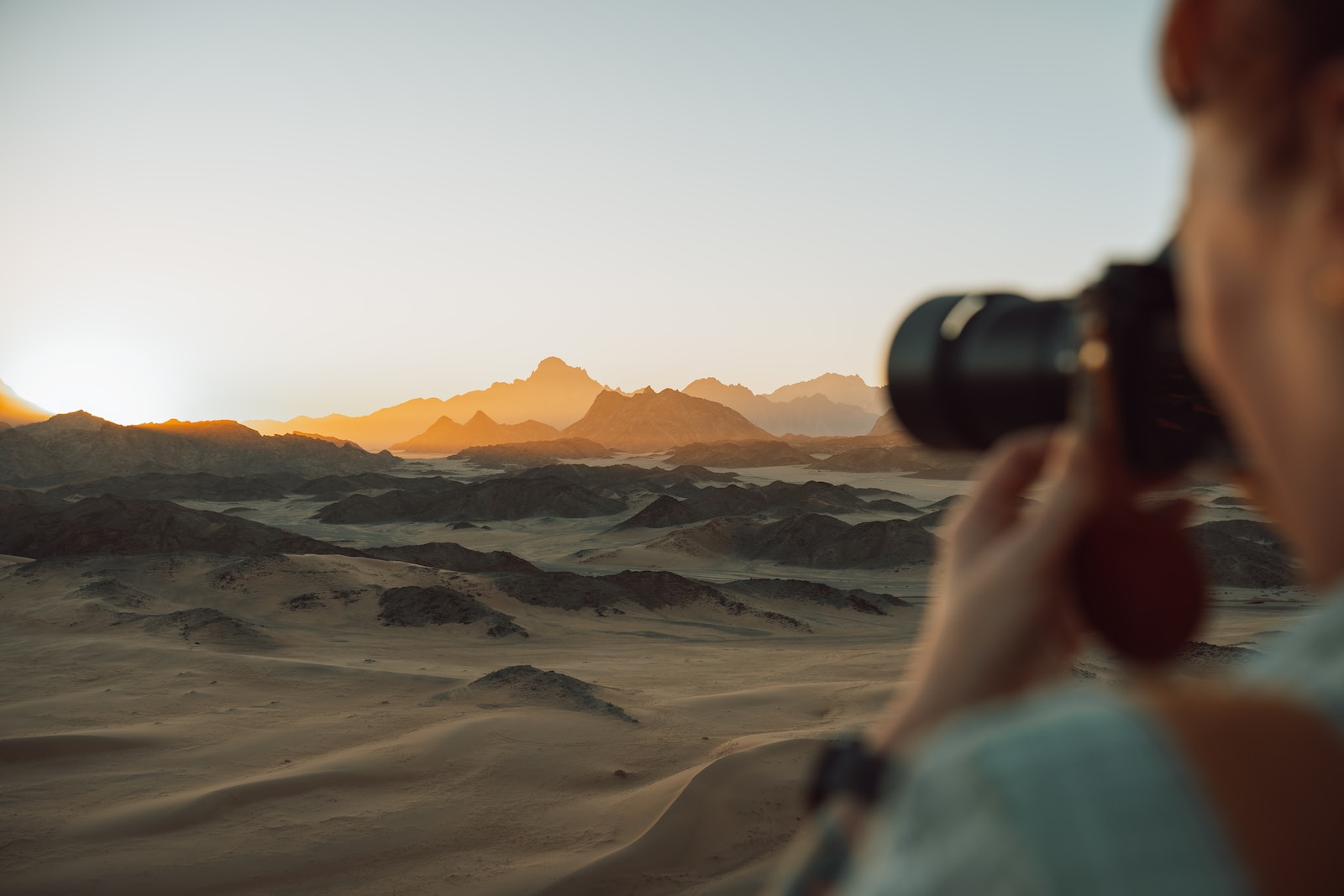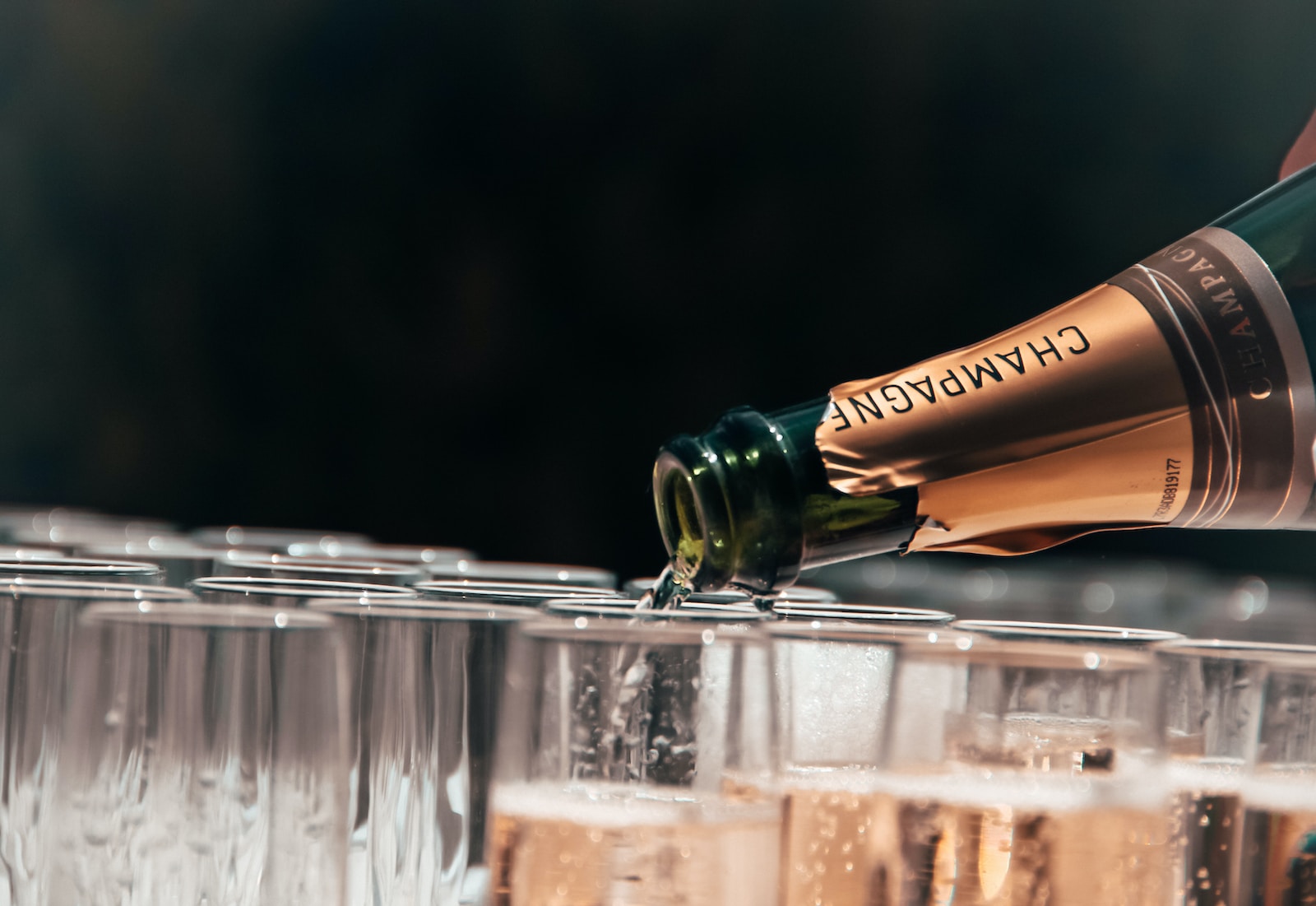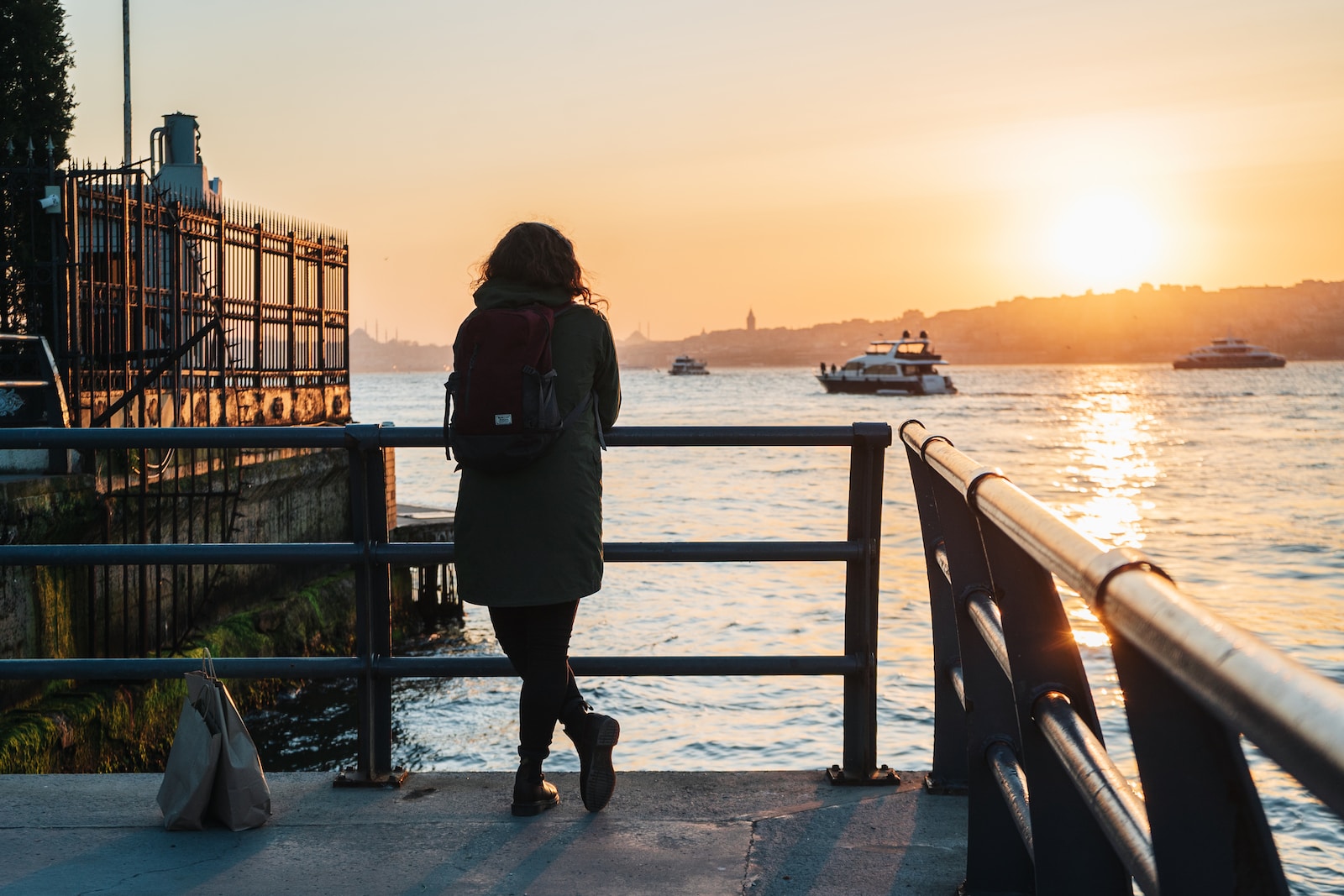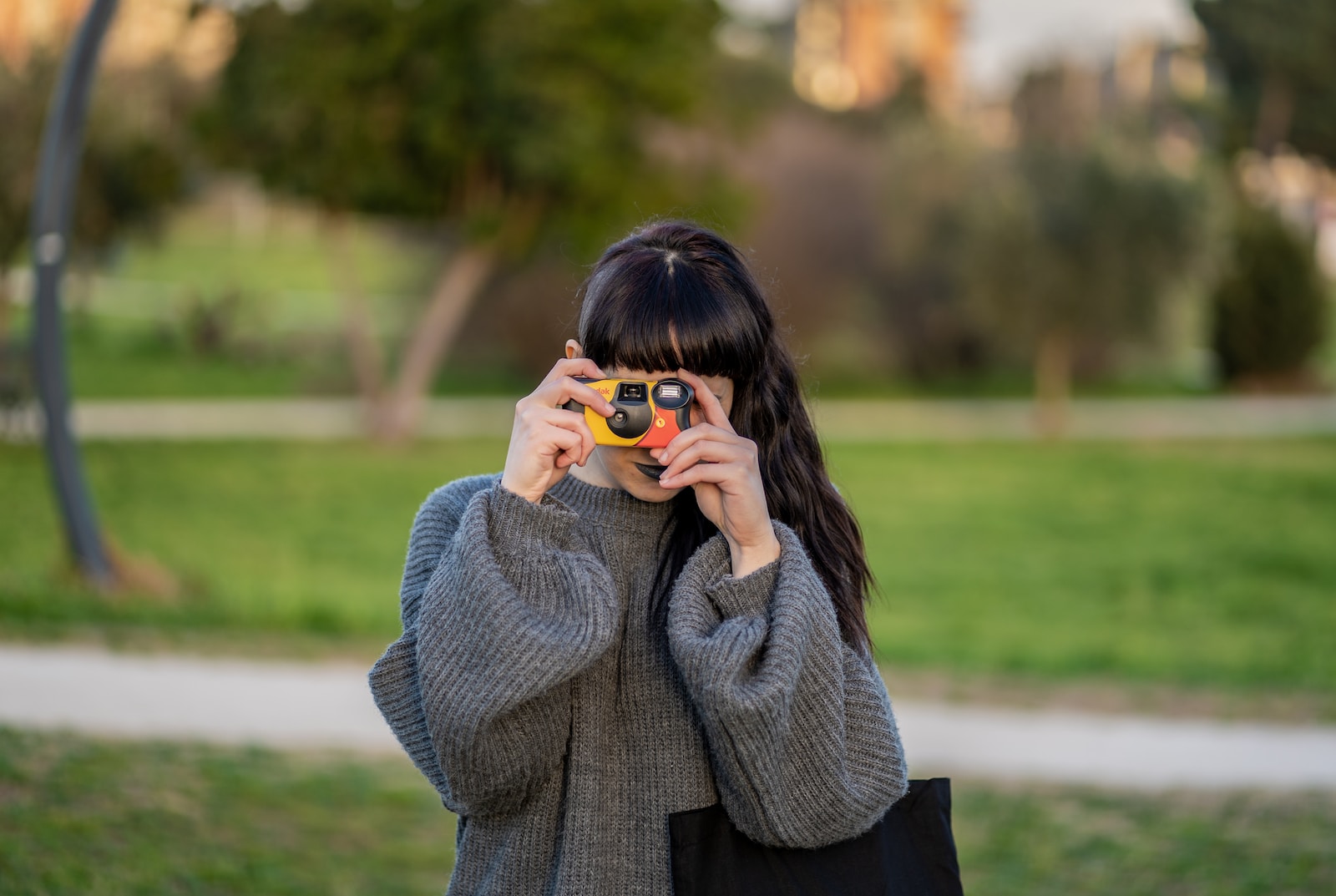Welcome to our blog on enhancing photos with the classic darkroom technique of dodging and burning. In this post, we will show you how to use these techniques to add depth, dimension, and drama to your digital photos. Whether you are a professional photographer looking to take your work to the next level or an amateur enthusiast wanting to improve your skills, this blog will provide you with valuable insights and practical tips on using dodging and burning for digital enhancement. So, let’s dive in!
Table of Contents
- Enhancing Photos with Dodging and Burning
- Case Study: Enhancing Portrait Photos with Dodging and Burning
- Frequently Asked Questions
- What is dodging and burning in photography?
- Can I use dodging and burning on digital photos?
- How does dodging and burning work?
- Can dodging and burning be used on portrait photos?
- Are there any other digital enhancement techniques I can use?
- Do I need to be an expert in Photoshop to use dodging and burning?
- Where can I learn more about dodging and burning?
- Is it better to dodge and burn in the digital darkroom or during the actual shoot?
- Wrap Up
Enhancing Photos with Dodging and Burning
Photography is an art form that allows us to capture moments, memories, and emotions, and digital enhancement techniques can take our photos to new heights. One such technique that has stood the test of time is dodging and burning. Originally used in the darkroom with physical prints, the process involves selectively lightening and darkening areas of an image to create depth, separate subjects from the background, and enhance overall visual impact.
Understanding Dodging and Burning
Before we delve into the digital application of this technique, let’s first understand the basic principles of dodging and burning. Dodging refers to selectively lightening areas of an image, whereas burning involves darkening specific areas. By adjusting the exposure in these targeted areas, you can bring out more detail, emphasize highlights and shadows, and add dimension to the overall composition of your photo.
Tools and Techniques for Digital Dodging and Burning
In the digital age, we have a multitude of powerful tools at our disposal for dodging and burning. Whether you use Adobe Photoshop, Lightroom, or other editing software, the process remains similar. Here are some key techniques and tools you can use:
- Layer Masks: Create a new layer mask and use a soft brush with reduced opacity to selectively lighten or darken areas of the image.
- Dodge and Burn Tools: Both Photoshop and Lightroom offer dodge and burn tools that allow you to brush over specific areas to adjust exposure.
- Adjustment Layers: Utilize adjustment layers to fine-tune the dodging and burning effects without permanently altering the original image.
Applying Dodging and Burning Effectively
Now that you understand the tools and techniques, let’s explore how to apply dodging and burning effectively to enhance your photos:
1. Bring Out Detail in Shadows and Highlights
Dodging and burning can be used to bring out intricate details that may be lost in shadows or blown out in highlights. By selectively lightening or darkening these areas, you can reveal hidden textures and add visual interest to your photos.
2. Create Depth and Dimension
By selectively darkening the background or certain areas of your image, you can create a sense of depth and make your subject pop. This technique helps draw the viewer’s eye to the main subject and gives a three-dimensional feel to an otherwise flat image.
3. Emphasize Composition and Visual Flow
Dodging and burning can also be used to guide the viewer’s eye through your image and emphasize compositional elements. By selectively brightening or darkening areas, you can create leading lines or highlight specific points of interest, enhancing the overall visual flow of your photograph.
4. Fix Exposure and Tone Issues
If you have an image with uneven exposure or tonal imbalances, dodging and burning can help you correct these issues. By selectively adjusting exposure, you can create a more balanced and visually pleasing final result.
Dodging and burning originated from the darkroom techniques used in film photography. Photographers would cover certain areas of the print to control the amount of light hitting the paper during the printing process, hence the terms "dodging" and "burning."
Experiment and Master the Art of Dodging and Burning
Like any skill, mastering dodging and burning requires practice and experimentation. Start with subtle adjustments and gradually build your skills. Take time to study the work of accomplished photographers who effectively utilize this technique. Use dodging and burning as a tool to unleash your creativity and transform your photos into stunning works of art.
With its ability to enhance composition, bring subjects to life, and evoke emotions, dodging and burning remains a popular and powerful technique in the digital era. So, grab your camera, master the art of dodging and burning, and watch as your photos come alive with depth, drama, and visual impact!
Case Study: Enhancing Portrait Photos with Dodging and Burning
When it comes to portrait photography, one of the most effective techniques for enhancing the final result is dodging and burning. This classic darkroom technique allows photographers to selectively lighten (dodge) or darken (burn) specific areas to bring out the desired details and create a more captivating image. In this case study, we will explore a real-life example of how dodging and burning can transform a portrait photo.
The Challenge: Overcoming Lighting Imperfections
Our subject, Sarah, was a young professional in need of a new headshot for her LinkedIn profile. She wanted to convey a confident and approachable image, so I suggested a simple outdoor portrait session during the golden hour. Everything seemed perfect until we arrived at the location and realized that the lighting conditions were far from ideal.
The sun was peeking through the trees, casting harsh shadows on Sarah’s face. The result was an uneven distribution of light, making her features appear flat and distracting from her natural beauty. I knew that dodging and burning would be the key to salvaging the image and achieving the desired effect.
The Solution: Dodging and Burning to the Rescue
Using dodging, I carefully selected the areas I wanted to lighten. With a soft brush, I subtly brightened Sarah’s eyes, forehead, and cheeks, adding depth and dimension to her face. This technique helped me draw attention to her best features and highlight the warmth in her smile.
On the other hand, there were some parts of the image that I wanted to darken to create a more compelling composition. By utilizing burning, I gently darkened the distracting areas, such as the bright patches on the background and the harsh shadows around Sarah’s neck. This brought more focus to her face and amplified the overall impact of the photograph.
The final result was a beautifully enhanced portrait photo that captured Sarah’s professionalism and approachability. By skillfully utilizing the dodging and burning technique, I was able to overcome the initial lighting imperfections and create an image that truly reflected Sarah’s personality and aspirations.
The Benefits: Elevating Your Portrait Photography
Dodging and burning offer a wide range of benefits for portrait photographers. Firstly, they allow you to have more control over the final result, enhancing specific areas and creating a more visually pleasing image. This technique is especially valuable in situations where the lighting conditions are less than optimal.
Furthermore, dodging and burning can help you add depth and dimension to your subjects, making their features stand out and adding a sense of realism to the photograph. This technique is particularly effective in black and white portrait photography, where light and shadows play a crucial role in defining the overall mood and atmosphere.
By mastering the dodging and burning technique, you can elevate your portrait photography to new heights and create images that truly leave a lasting impression on viewers.
Frequently Asked Questions
What is dodging and burning in photography?
Dodging and burning are classic darkroom techniques used to selectively lighten or darken specific areas of a photograph. They are used to enhance details, create emphasis, and improve overall tonal range.
Can I use dodging and burning on digital photos?
Absolutely! Dodging and burning can be applied to digital photos using post-processing software like Adobe Photoshop or Lightroom. These tools offer precise control over exposure adjustments, making it easier than ever to enhance your images.
How does dodging and burning work?
Dodging involves selectively lightening areas of the photo by reducing the exposure or increasing the brightness. Burning, on the other hand, involves darkening areas by increasing exposure or decreasing brightness. These techniques help bring out details and add depth to your photographs.
Can dodging and burning be used on portrait photos?
Absolutely! Dodging and burning can greatly enhance portrait photos by selectively controlling the exposure of specific areas. This allows you to highlight facial features, reduce distractions, and create a more flattering look for your subject.
Are there any other digital enhancement techniques I can use?
Yes, dodging and burning are just one aspect of digital photo enhancement. Other techniques include adjusting contrast, saturation, sharpness, and color balance. Experimenting with these tools can help you achieve the desired look for your photos.
Do I need to be an expert in Photoshop to use dodging and burning?
No, you don’t need to be an expert. Many post-processing software programs have user-friendly interfaces and provide intuitive tools for dodging and burning. With some practice and experimentation, you will be able to master these techniques and enhance your photos like a pro.
Where can I learn more about dodging and burning?
There are plenty of online tutorials, articles, and video courses available that cover dodging and burning techniques in detail. Additionally, books and photography forums can also be excellent resources for learning and improving your skills in this area.
Is it better to dodge and burn in the digital darkroom or during the actual shoot?
Both approaches have their advantages. Some photographers prefer to apply dodging and burning during the post-processing stage, as it provides more control and flexibility. However, others prefer to use lighting techniques and adjustments during the actual shoot to achieve the desired effects right from the start.
Wrap Up
In conclusion, dodging and burning are powerful techniques that can elevate the impact of your portrait photos. By selectively lightening and darkening specific areas, you have the ability to enhance details and create a captivating visual narrative.
Remember, practice makes perfect. Experiment with different levels of dodging and burning to achieve the desired effects. Don’t be afraid to take risks and push the boundaries of your creativity.
Whether you’re a beginner or an experienced photographer, mastering these techniques will undoubtedly take your digital enhancement skills to new heights. So grab your camera, find that perfect subject, and start creating stunning portraits that will leave an everlasting impression.
If you have any questions or would like to share your experiences with dodging and burning, feel free to leave a comment below. Let’s continue the conversation and help each other grow as photographers.



